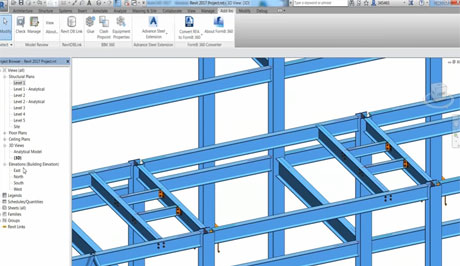


The Advantages of Revit for Structural Engineers

On top of that, Revit is a cloud-based platform, which allows teams to collaborate efficiently and in real-time. The platform is praised by engineers for its interoperability, complex data, and scheduling capabilities. Revit has features that cover the entire life cycle of a project and allows multifunctional teams to operate with a single, up-to-date data set. Revit is a BIM software that allows you to manage all aspects of a construction project - from conception and planning to execution and maintenance. We will also focus on the specific benefits it has for structural engineers. In this article, we will take a close look at what Revit is and why it is getting so popular. The BIM platform offers quite a lot more in terms of functionality and advanced features. AutoCAD debate, more and more people are switching to Revit. While some engineers are still entangled in the AutoCAD Architecture vs. One of the most popular BIM software solutions is Revit, developed by AutoDesk - the company behind AutoCAD. This type of software uses 3D modeling and parametric capabilities, along with cloud-based tech, to allow for accurate modeling and advanced collaboration features. Recent years saw the development of this concept into something far more complex, practical, and powerful - building information modeling (BIM). It all started with the introduction of AutoCAD back in the 80’s - a software solution that allowed engineers to create detailed designs for construction projects. Nowadays, the Architecture, Engineering and Construction industry (AEC) is going through a rapid transformation.


 0 kommentar(er)
0 kommentar(er)
